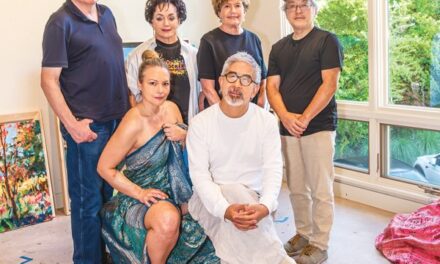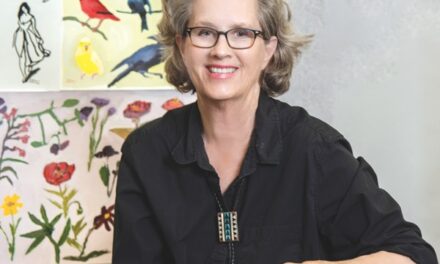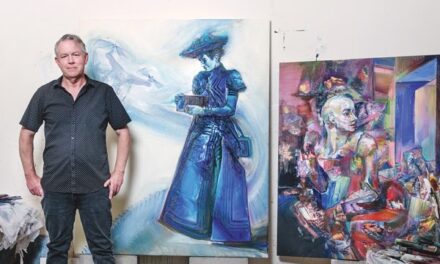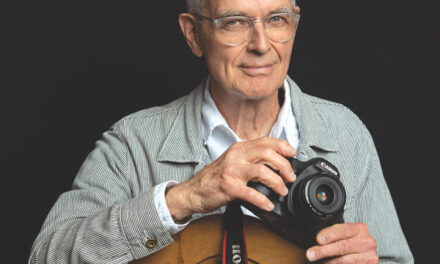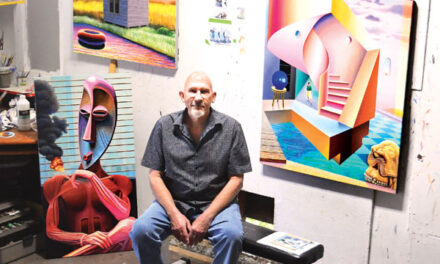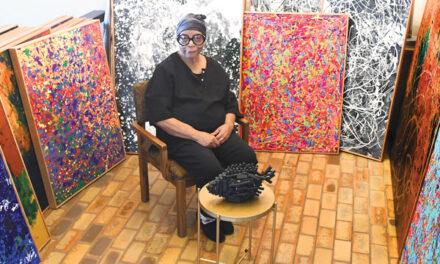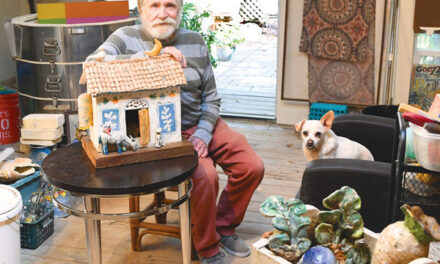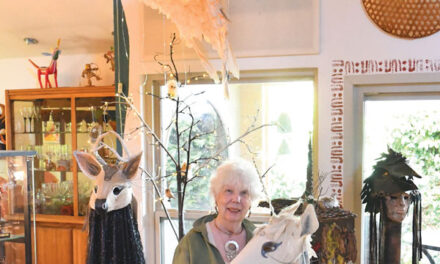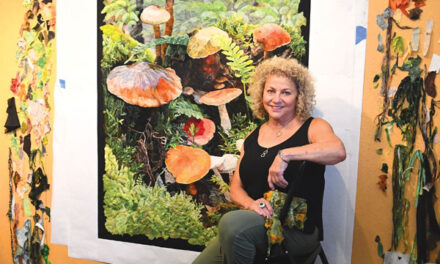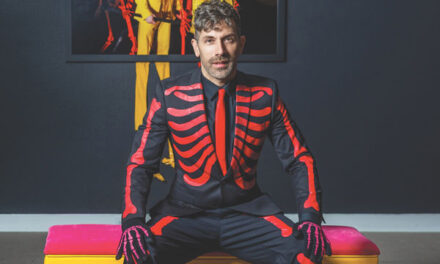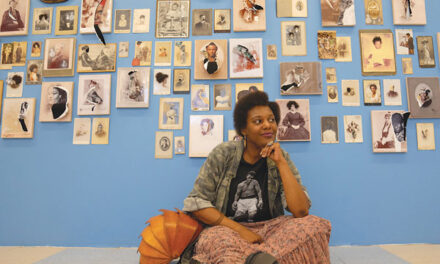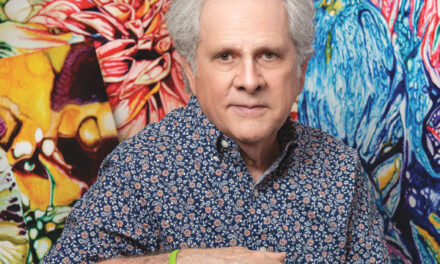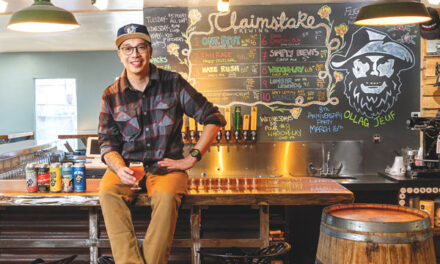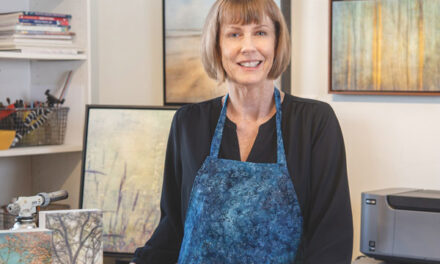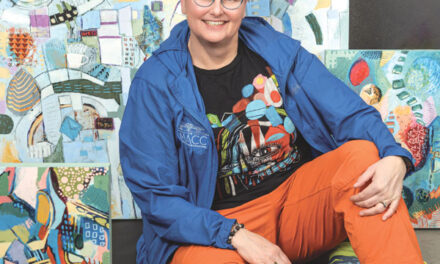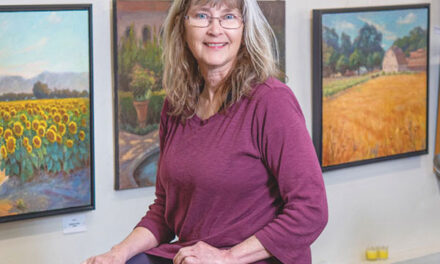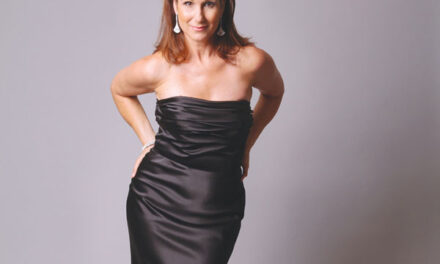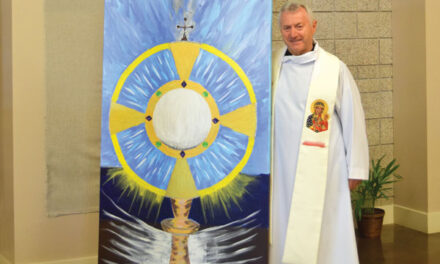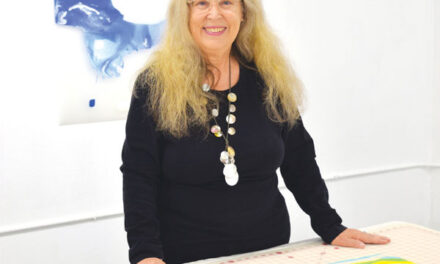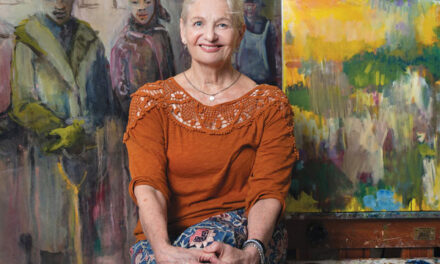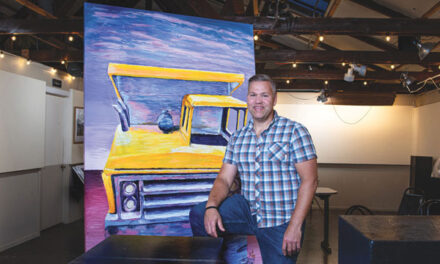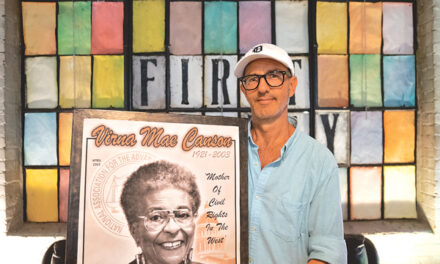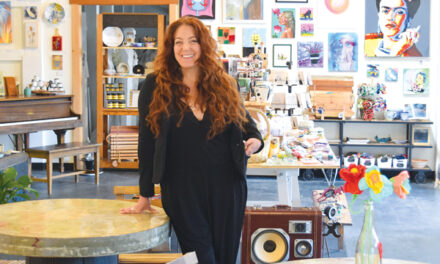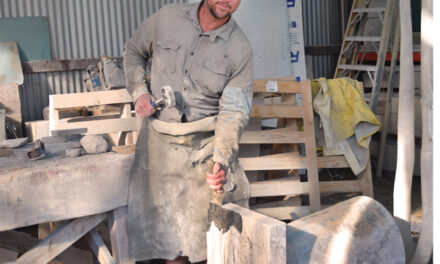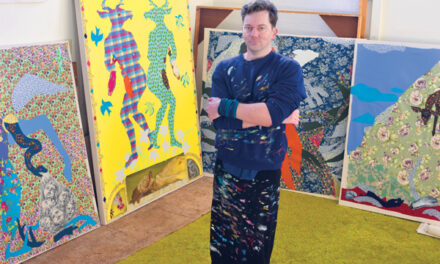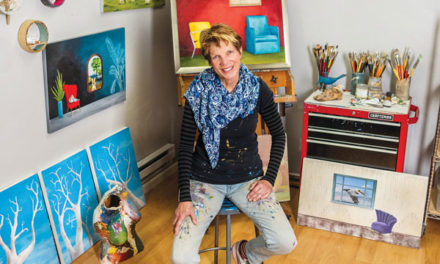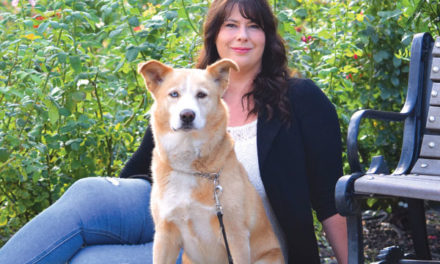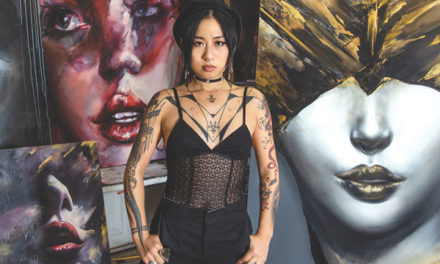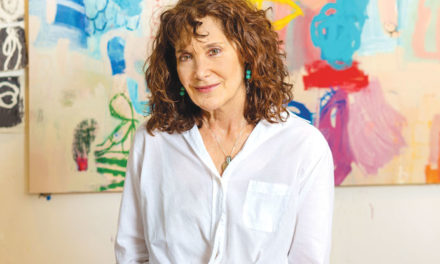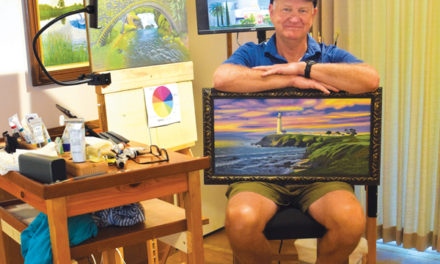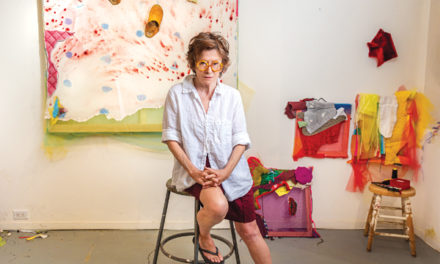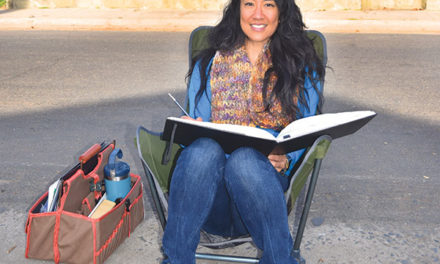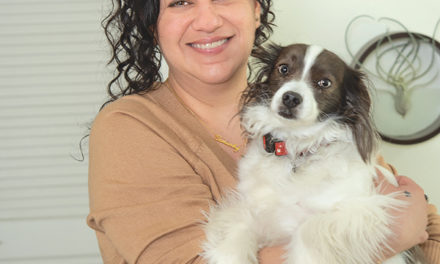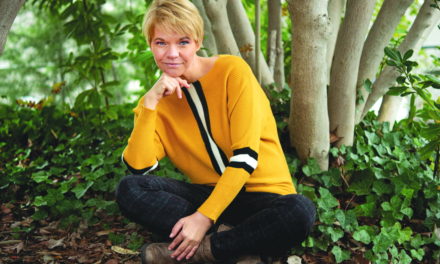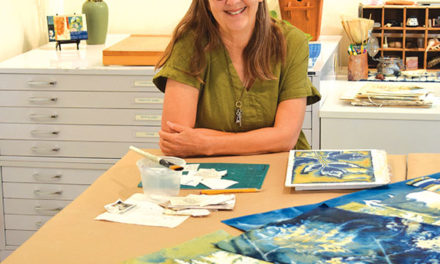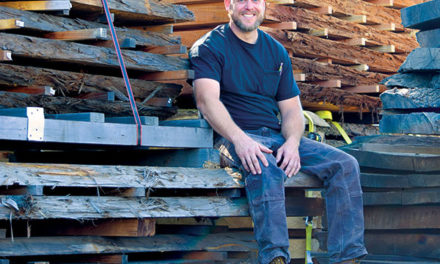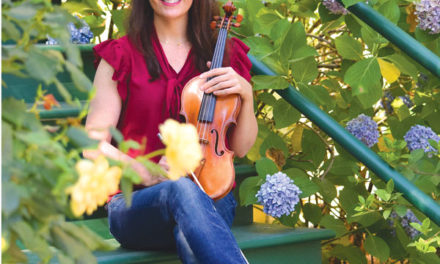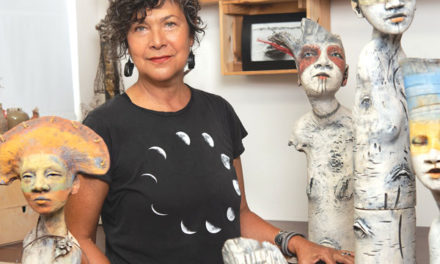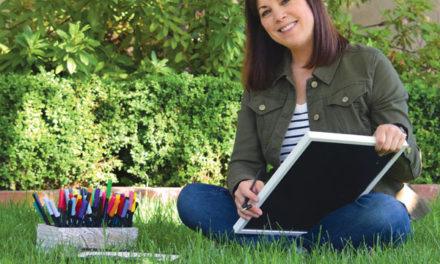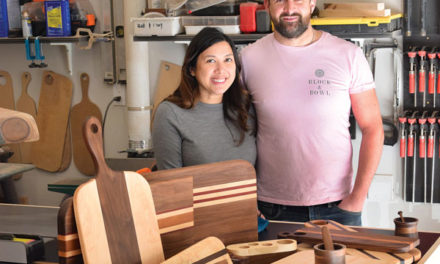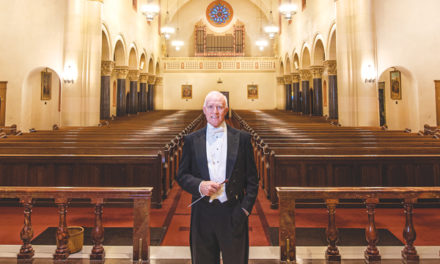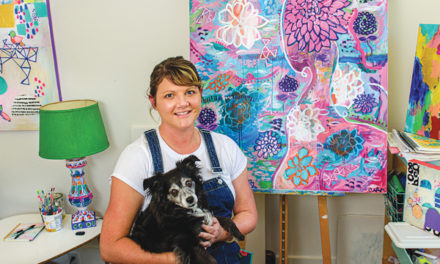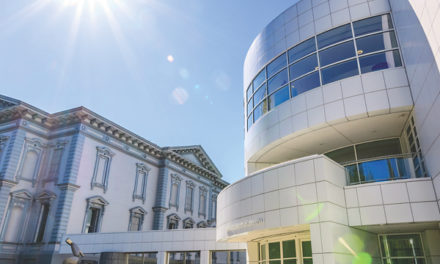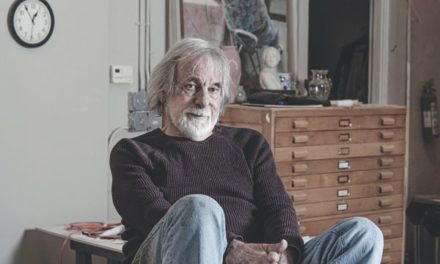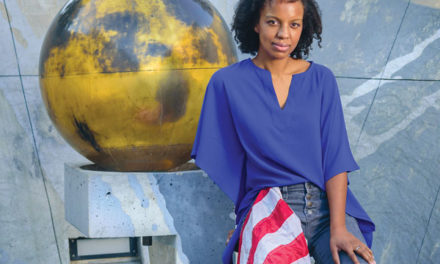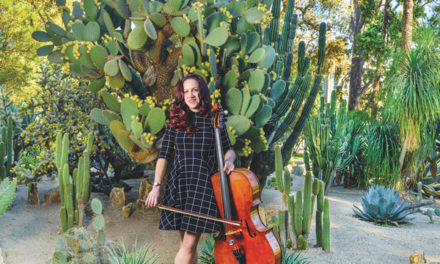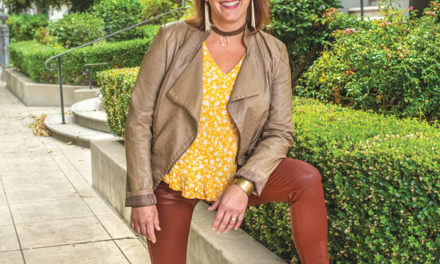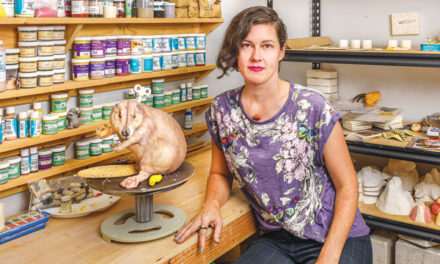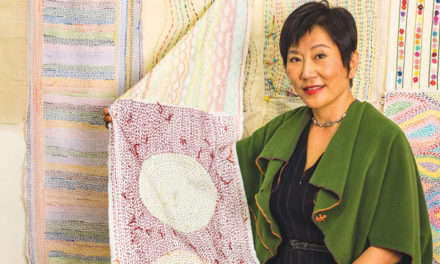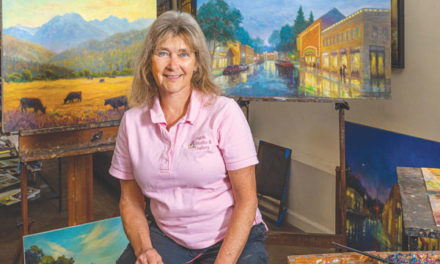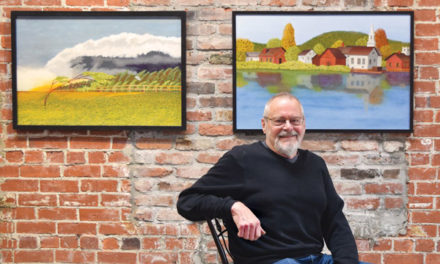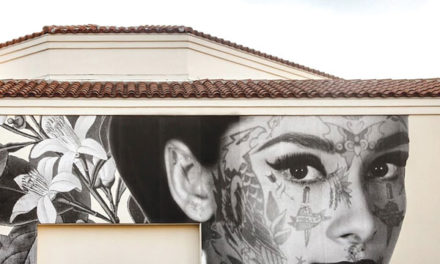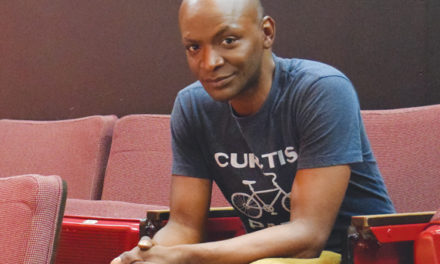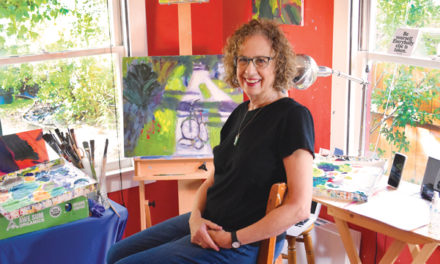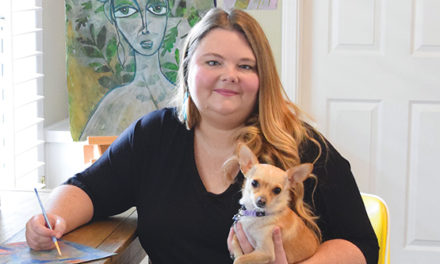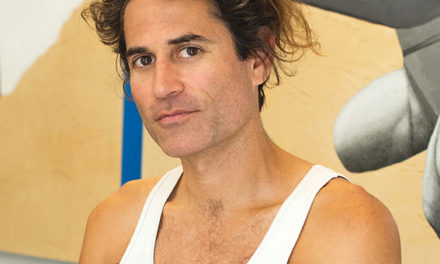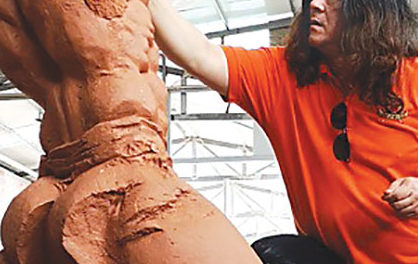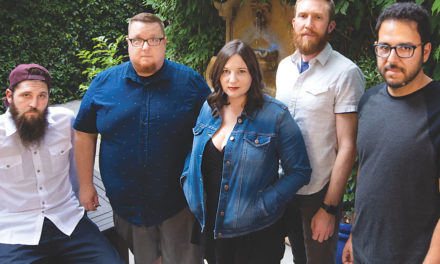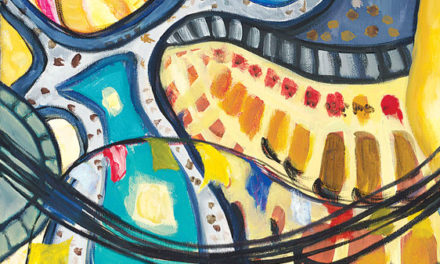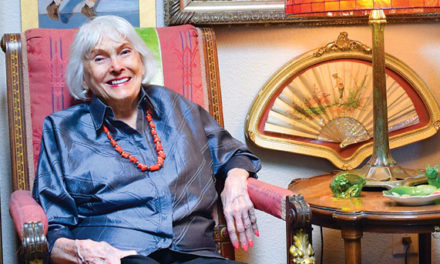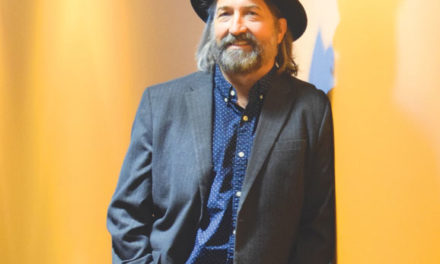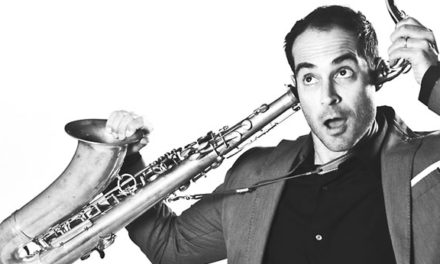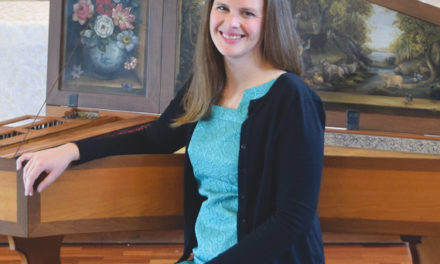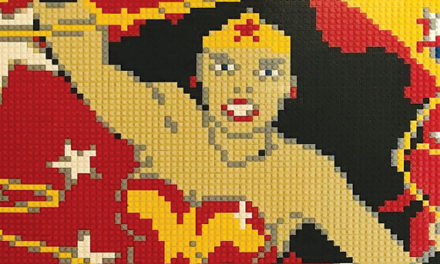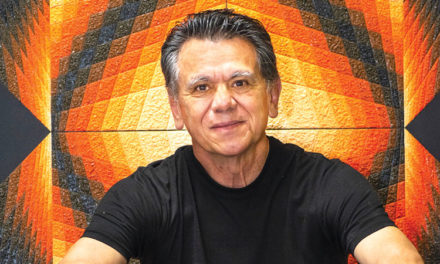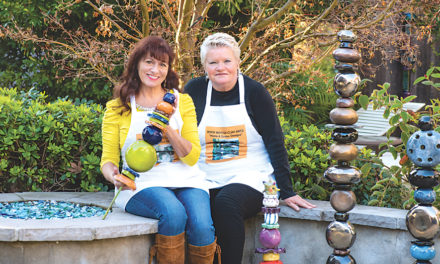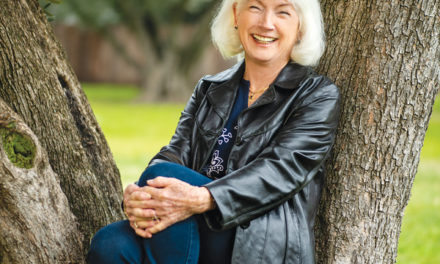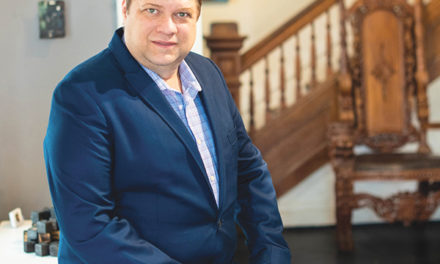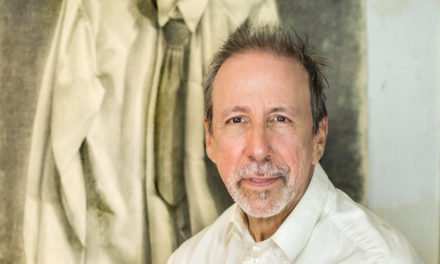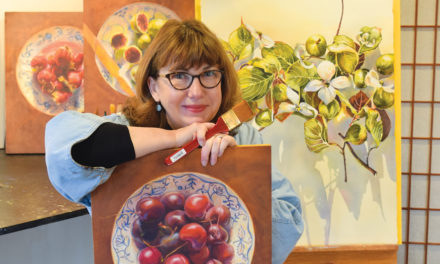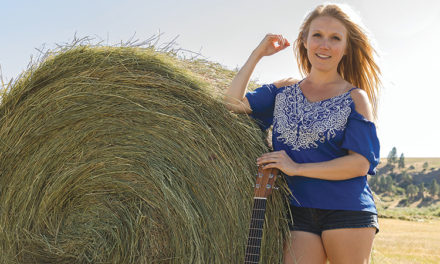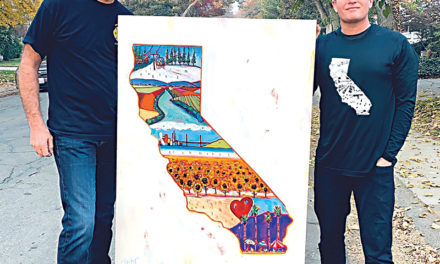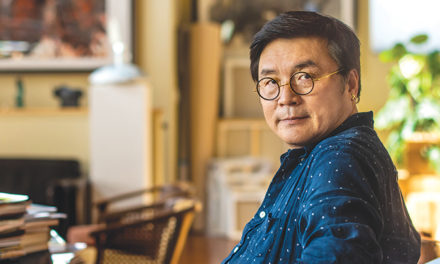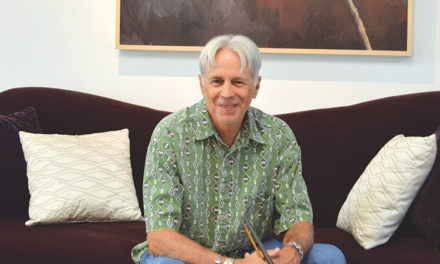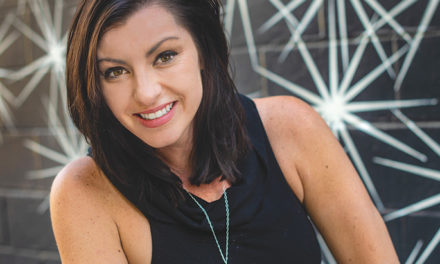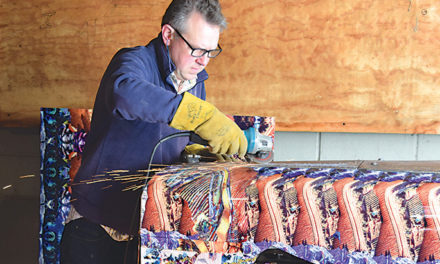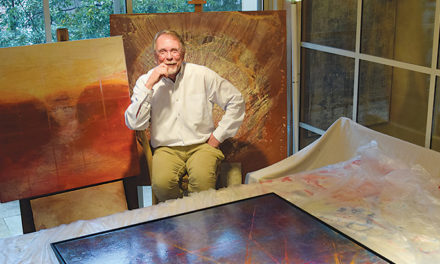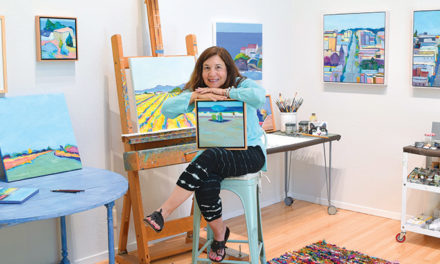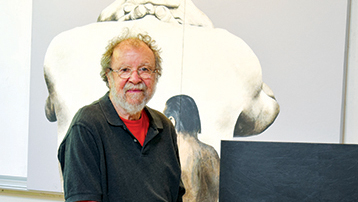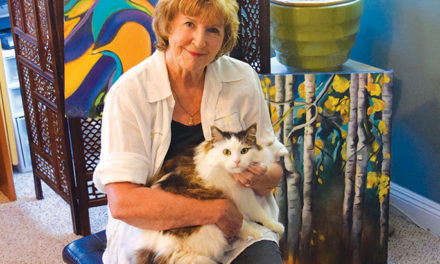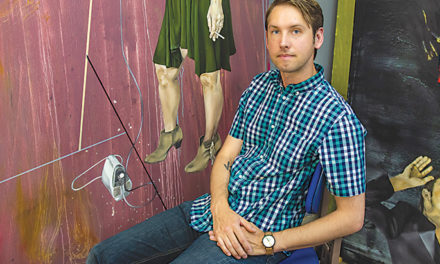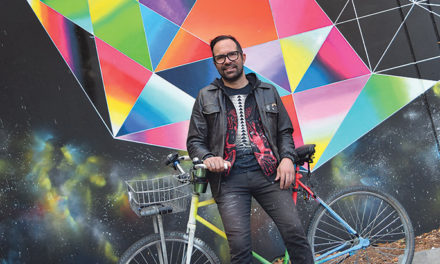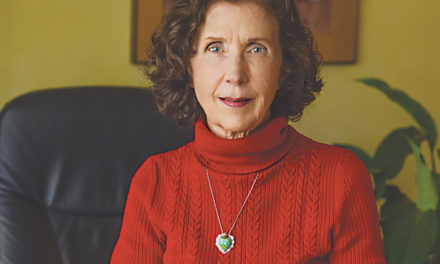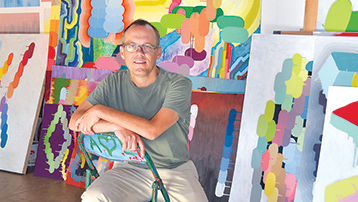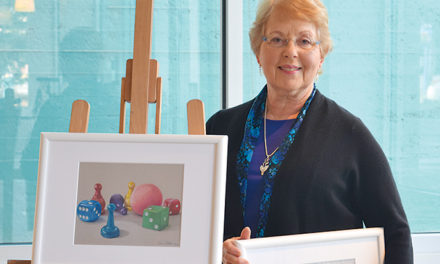Art and Advocacy
Watercolorist wants to increase female representation in museums
By Jessica Laskey
April 2019
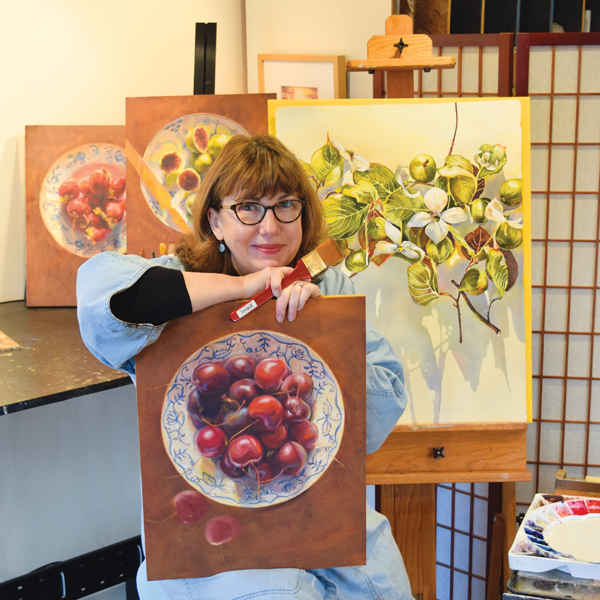
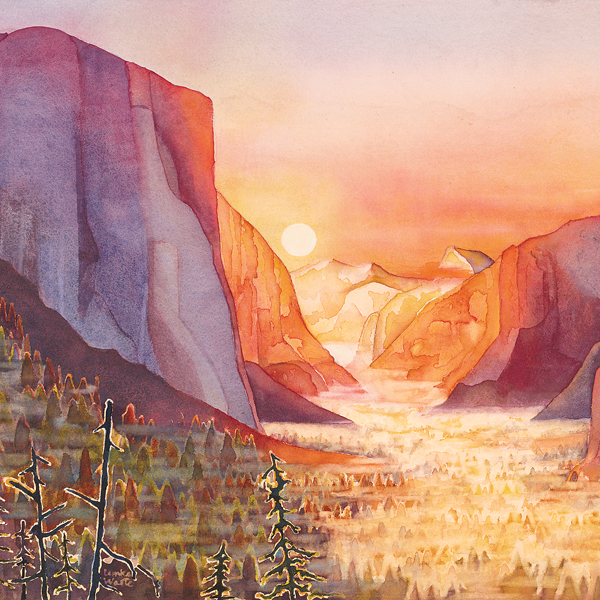
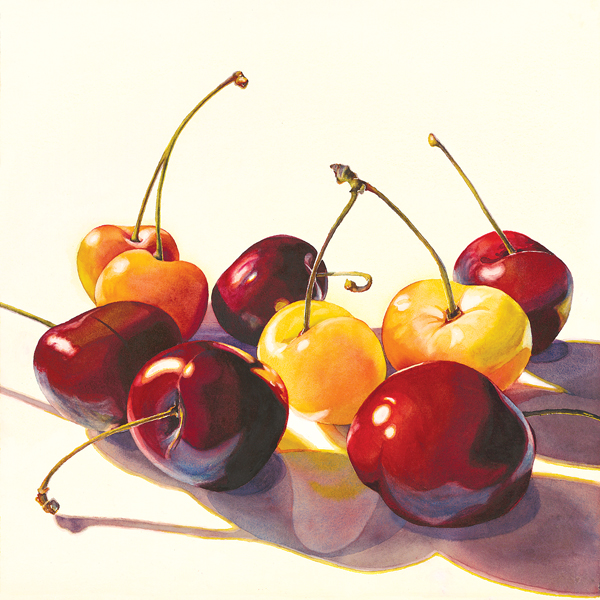

According to a study by the National Museum of Women in the Arts, only 3 to 5 percent of artwork in permanent museum collections around the world are works by women. Artist and advocate Kathrine Lemke Waste is out to change that statistic.
“Museums are repositories of our cultural heritage,” says Lemke Waste, a leader in the “25 in 25” movement, a national push by the nonprofit American Women Artists to get more work by female artists into American museums over the next quarter century.
“Generations to come will go to museums to see what was deemed important enough to be saved for future generations—and women artists’ point of view will not be represented,” she says. “That impact is huge. If little girls can’t see it, they can’t be it.”
Lemke Waste was a girl of 7 or 8 when she first realized that painting was her preferred form of artistic expression. Following studies at the Rhode Island School of Design in the early 1980s, as well as what she describes as a “five-year apprenticeship” with Salvatore Casa—winner of the American Watercolor Society’s Gold Medal—Lemke Waste made a national name for herself as a Master Signature member of AWA (she also serves as the organization’s board president emeritus).
The Land Park resident’s work has been featured in museum exhibitions in Arizona, Vermont and Georgia, and highlighted in issues of “Southwest Art,” “American Art Collector” and “Sunset” magazines.
As an educator, she taught for 15 years in the California state college and university system, including at UC San Diego, Palomar Community College and California State University Chico. She also leads watercolor workshops for the Crocker Art Museum and workplace innovation workshops for companies like Intel.
Though many artists would be content to rest on such laurels, Lemke Waste uses her success to fuel other female artists. Since joining AWA, Lemke Waste has made it her mission to expand the membership and help the organization focus its energy on getting more of the members’ artworks into permanent collections of national museums.
“Being included in a museum collection impacts the value of our artwork,” Lemke Waste explains. “A higher value on our work means we’re able to make better livings as artists, but that’s not a path that’s open for most women.
“An Oxford study found that female artists make 40 percent of what men do on their work. That inequality not only severely limits what we can make in the art world, it also cuts our access to museums and the legacy we leave behind for future generations.
“If we can’t see women as ‘geniuses’ in a creative context, that means we also can’t see women in leadership positions—roles in which we easily see men.”
In 2015, AWA decided to make museum shows featuring women artists a priority. They approached small and midsized museums with an offer of assistance: if the museum agreed, AWA would share costs by organizing the educational symposiums and fundraising necessary to make an exhibition a success. In turn, the museum would consider purchasing one of the pieces to maintain in its permanent collection.
Though it was slow going at first, Lemke Waste reports that the movement is “getting some air speed,” with shows booked through 2023 and seven pieces purchased by museums since 2015.
“I consider advocacy part of my artistic practice,” Lemke Waste says. “All human beings are driven to some kind of creative expression. Art and advocacy are mine.
“I’m working toward a time when we can stop seeing women depicted only as beautiful, passive, sexual objects in a painting and recognize them as active, productive members of society.”
For more information on AWA, visit americanwomenartists.org. For more on Lemke Waste, visit lemkewaste.com.
Jessica Laskey can be reached at jessrlaskey@gmail.com.




